To expand this, we're going to use binomial expansion So let's look at Pascal's triangle 1 1 1 1 2 1 1 3 3 1 Looking at the row that starts with 1,3, etc, we can see that this row has the numbers 1, 3, 3, and 1 These numbers will be the coefficients of our expansion So to expand , Ex 25, 4 Expand each of the following, using suitable identities (x 2y 4z)2 (x 2y 4z)2 Using (a b c)2 = a2 b2 c2 2ab 2bc 2ac Where a = x , bExpand the following ` (i) (3a2b)^ (3) (ii) ( (1)/ (x) (y)/ (3))^ (3)` (iii) ` (4 (1)/ (3x))^ (2)` Watch later Share Copy link Info Shopping Tap to unmute If playback doesn't begin

Please Expand 1 X Y 3 Whole Cube Brainly In
Expand (1/x+y/3)^3 class 9
Expand (1/x+y/3)^3 class 9- 8 madhu hey mates here ur answer = (1/ x)^3 (y/3)^3 3 (1/x) (1/y) (1/xy/3) = 1/x^3 y^3 /27 y/x^2 y/3x dome7w and 12 more users found this answer helpful heart outlined Thanks 8 starTo solve a pair of equations using substitution, first solve one of the equations for one of the variables Then substitute the result for that variable in the other equation x2y=3,3xky=1 x − 2y = 3,3x ky = 1 Choose one of the equations and solve it




Expand 1 X Y 3 3 Novocom Top
Answer 6 x y 2 x z Apply Multiplicative Distribution Law 2 x * 3 y 2 x zRemove the parentheses 2 x * 3 yClick here👆to get an answer to your question ️ Expand the following polynomial (x y √(3))^2 (x^2y xy^2 )^2 (x y )^2Expand using the Binomial Theorem (1x)^3 (1 − x)3 ( 1 x) 3 Use the binomial expansion theorem to find each term The binomial theorem states (ab)n = n ∑ k=0nCk⋅(an−kbk) ( a b) n = ∑ k = 0 n n C k ⋅ ( a n k b k) 3 ∑ k=0 3!
The Binomial Theorem is the method of expanding an expression which has been raised to any finite power A binomial Theorem is a powerful tool of expansion, which has application in Algebra, probability, etc Binomial Expression A binomial expression is an algebraic expression which contains two dissimilar terms Ex a b, a 3 b 3, etc Transcript Ex 25, 6 Write the following cubes in expanded form (i) (2x 1)3 (2x 1)3 Using (a b)3 = a3 b3 3ab(a b) Where a = 2x & b =1 = (2x)3 (1)3 3(2x)(1) (2x 1) = 8x3 1 6x(2x 1) = 8x3 1 12x2 6x = 8x3 12x2 6x 1 Ex 25, 6 Write the following cubes in expanded form (ii) (2a 3b)3 (2a 3b)3 Using (x y)3 = x3 y3 3xy(x y) Where x = 2a & y = 3b = (2a)3 Expand the first two brackets (x −y)(x − y) = x2 −xy −xy y2 ⇒ x2 y2 − 2xy Multiply the result by the last two brackets (x2 y2 −2xy)(x − y) = x3 − x2y xy2 − y3 −2x2y 2xy2 ⇒ x3 −y3 − 3x2y 3xy2 Always expand each term in the bracket by all the other terms in the other brackets, but never multiply two or more terms in the same bracket
Explain your reasoning a^5 * b^3, b^8, a^4 * b^4, a^8, and a * b^7 because all of the degrees of the terms are 8How To Given a binomial, write it in expanded form Determine the value of n \displaystyle n n according to the exponent Evaluate the k = 0 \displaystyle k=0 k = 0 through k = n \displaystyle k=n k = n using the Binomial Theorem formulaExpand each of the following a) (x2)(x3) b) (ab)(c3) c) (y − 3)(y 2) d) (2x1)(3x−2) e) (3x− 1)(3x1) f) (5x− 1)(x− 5) g) (2p3q)(5p−2q) h) (x2)(2x2 − x− 1) Answers 1 a) 5x b) 2y −6 c) 12−4a d) 2xx2 e) pq 3p f) −6−3a g) st−s2 h) −2b6 i) 10ab15ac j) −2xy 5y2 2




Harsh Deep 6 8 The Following Cubes In Expanded Form Ii 2a 3h 3 Iii 1 2 2 Aluate The Maths Polynomials Meritnation Com




Learn Algebraic Identity Of X Y And X Y In 3 Minutes
Factor x^3y^3 x3 − y3 x 3 y 3 Since both terms are perfect cubes, factor using the difference of cubes formula, a3 −b3 = (a−b)(a2 abb2) a 3 b 3 = ( a b) ( a 2 a b b 2) where a = x a = x and b = y b = y (x−y)(x2 xyy2) ( x y) ( x 2 x y y 2)10 If x – 1/x = 3 2√2, find the value of ¼ (x 3 – 1/x 3) Solution It is given that, x – 1/x = 3 2√2 So, x 3 – 1/x 3 = (x – 1/x) 3 3(x – 1/x) = (3 2√2) 3 3(3 2√2) By using the formula, (ab) 3 = a 3 b 3 3ab (a b) = (3) 3 (2√2) 3 3 (3) (2√2) (3 2√2) 3(3 2√2) = 27 16√2 54√2 72 9 6√2 = 108 76√2 Hence,Steps for Solving Linear Equation x 3 ( y 1 ) = 2 x 8 x 3 ( y 1) = 2 x 8 Use the distributive property to multiply 3 by y1 Use the distributive property to multiply 3 by y 1 x3y3=2x8 x 3 y 3 = 2 x 8 Subtract x from both sides Subtract x from both sides




Ex 2 5 6 Write The Following Cubes In Expanded Form Ex 2 5



Q Tbn And9gctrpod5wp0yfbr8op Svklbrvw6frcvhr0kqyrjgtgvhuqyyxiu Usqp Cau
(4x^{3}yxy^{3}4x)(7x4xy^32x^{2}) Which of the following is equivalent to the expression above?Short Solution Steps \frac { { x }^ { 2 } { y }^ { 2 } } { { x }^ { 3 } { y }^ { 3 } } x 3 − y 3 x 2 − y 2 Factor the expressions that are not already factored Factor the expressions that are not already factored \frac {\left (xy\right)\left (xy\right)} {\left (xy\right)\left (x^ {2}xyy^ {2}\right)}Bexpand the United States from the Atlantic to the Pacific Ocean Cwarn European countries not to form new colonies in South America Dlimit the Math Expand and simplify (p3)(p7) Civics Which of the following would contribute most to the creation of a strong economy?




Algebra Manipulation Given X Y Xy 3 Evaluate X 3 Y 3 Mathematics Stack Exchange




Taylor Series Expand X 2y 3y 2 In The Powers Of X 1 And Y 2 Up To 3 Degree Terms Youtube
Expand each of the following (i)`(x/2y/3)^2` (ii) `(x5)(x3)` More Related Question & Answers Expand the following by binomial theorem (x^23/x)^5, x!=0Expand the following using binomial theorem (x 3 − 1) 3 1 x 5x 3 − 1) 3 1 x 5 AnswerGet answer Using binomial theorem, expand each of the following(x1,y)^(5)




The Factors Of X 3 X 2y X Y 2 Y 3 Are A X Y X 2 X Y Y 2




Write Each Of The Expanded Form 3x 2y 3
So in this particular case we get (x y)6 = 6C0x6 6C1x6−1y1 6C2x6−2y2 6C3x6−3y3 6C4x6−4y4 6C5x6−5y5 6C6y6 = x6 6x5y 15x4y2 x3y3Mathematics, 1850, Kkampudiaa Expand the following 2 (x3) Expand the following expression 5x(3 – 7y) alexia170 alexia170 Mathematics College answered Expand the following expression 5x(3 – 7y) 1 See answer alexia170 is waiting for your help Add your answer and earn points




Xy 1 3 Expanded Form In Cubes Brainly In




Rd Sharma Solutions For Class 8 Chapter 6 Algebraic Expressions And Identities Download Free Pdf
Expand the following 1 (x 6y)3 = 2 (ab – 2mn)3 = 3 (3xy – 5)3 = 4 (4x2y – y)3 = 5 (3a2b2 b)3 = MafiaQueen07 is waiting for your help Add your answer and earn points New questions in Math The Lilliputians are 6 inches tall Gulliver is 6 feet tall What is the ratio of his height to the average height of the people in LilliputExpand the following Knockout JEE Main April 21 (One Month) Personalized AI Tutor and Adaptive Time Table, Self Study Material, Weekend Live Classes, Unlimited Mock Tests and Personalized Analysis Reports, 24x7 Doubt Chat Support, 9(5x 1) ÷ 3y From the expression above, provide an example of each of the following sum, term, product, factor, quotient, and coefficient If any a re not present, write "not present" i need in 1 hour



What Are The Real Values Of X Y If X 1 3 I Y 1 3 I I Where I Is Iota Quora




Year 12 C1 Binomial Theorem Task Expand The Following 1 X Y 1 2 X Y 2 3 X Y 3 4 X Y 4 What Do You Notice Powers Of X Start From Ppt Download
(4x^{3}yxy^{3}4x)(7x4xy^32x^{2}) Which of the following is equivalent to the expression above?⋅(1)3−k ⋅(−x)k ∑ k = 0 3 3!Mathematics, 0631 zanestone12 Use the distributive property to expand the following expression 2(21x 3y 18)




Expand 1x Y3 3 Maths Questions



Files Schudio Com Brgs Files Edexcel Transistion From Gcse To A Level Files 1 Pdf
The Binomial Theorem gives a time efficient way to expand binomials raised to a power and may be stated as (x y)n = n ∑ r=0nCrxn−ryr, where the combination nCr = n!Expand\3(x6) expand\2x(xa) expand\(2x4)(x5) expand\(2x5)(3x6) expand\(4x^23)(3x1) expand\(x^23y)^3( 3 k)!




Expand And Simplify Y 3 Y 4 2y 1 Brainly In



How To Expand 2x Y 3 Quora
Solve your math problems using our free math solver with stepbystep solutions Our math solver supports basic math, prealgebra, algebra, trigonometry, calculus and morePascal's Triangle is probably the easiest way to expand binomials It's much simpler to use than the Binomial Theorem, which provides a formula for expanding binomials The formula for Pascal's Triangle comes from a relationship that you yourself might be able to see in the coefficients below (x y) 0 (x y) 1 (x y)² (x y) 3 (x y) 4Suppose we want to expand (2xy)3 We pick the coefficients in the expansion from the relevant row of Pascal's triangle (1,3,3,1) As we move through the terms in the expansion from left to right we remember to decrease the power of 2x and increase the power of y So, (2xy)3 = 1(2x)3 3(2x)2y 3(2x)1y2 1y3 = 8x3 12x 2y 6xy y3 Example




Learn Algebraic Identity Of X Y And X Y In 3 Minutes




Expand 1 X Y 3 3 Novocom Top
TASK 2 Expand the following using the binomial theorem and Pascal's triangle 5 In the expansion of (3a 4b)^8, which of the following are possible variable terms? Expand the following `(i) (3a2b)^(3) (ii) ((1)/(x)(y)/(3))^(3)` (iii) `(4(1)/(3x))^(2)`👍 Correct answer to the question (1/x y/3)³ Expand The Following pls help eanswersin




Binomial Theorem Wikipedia




Expand 1 X Y 3 3 Novocom Top
Get answer Expand the following (i) (3a2b)^(3) (ii) ((1),(x)(y),(3))^(3) (iii) (4(1),(3x))^(2) Apne doubts clear karein ab Whatsapp par bhi Try it nowClick here👆to get an answer to your question ️ If x y = 12 and xy = 27 , find the value of x^3 y^3Expand the following binomial expression using the binomial theorem ( x y) 4 The expansion will have five terms, there is always a symmetry in the coefficients in front of the terms We use the binomial theorem to expand our binomial ( x y) 4 = 1 x 4 y 0 4 1 (




Expand The Given Expression 3 X3 X Y 4 Z 33 X Gauthmath




Expanding Binomials Video Polynomials Khan Academy
⋅ ( 1) 3




Example 7 Find Coefficient Of X6y3 In Expansion X 2y 9



Expand Tan 1y X About The Point 1 1 Using Taylor S Theorem Up To The Second Degree Terms Sarthaks Econnect Largest Online Education Community




Please Expand 1 X Y 3 Whole Cube Brainly In
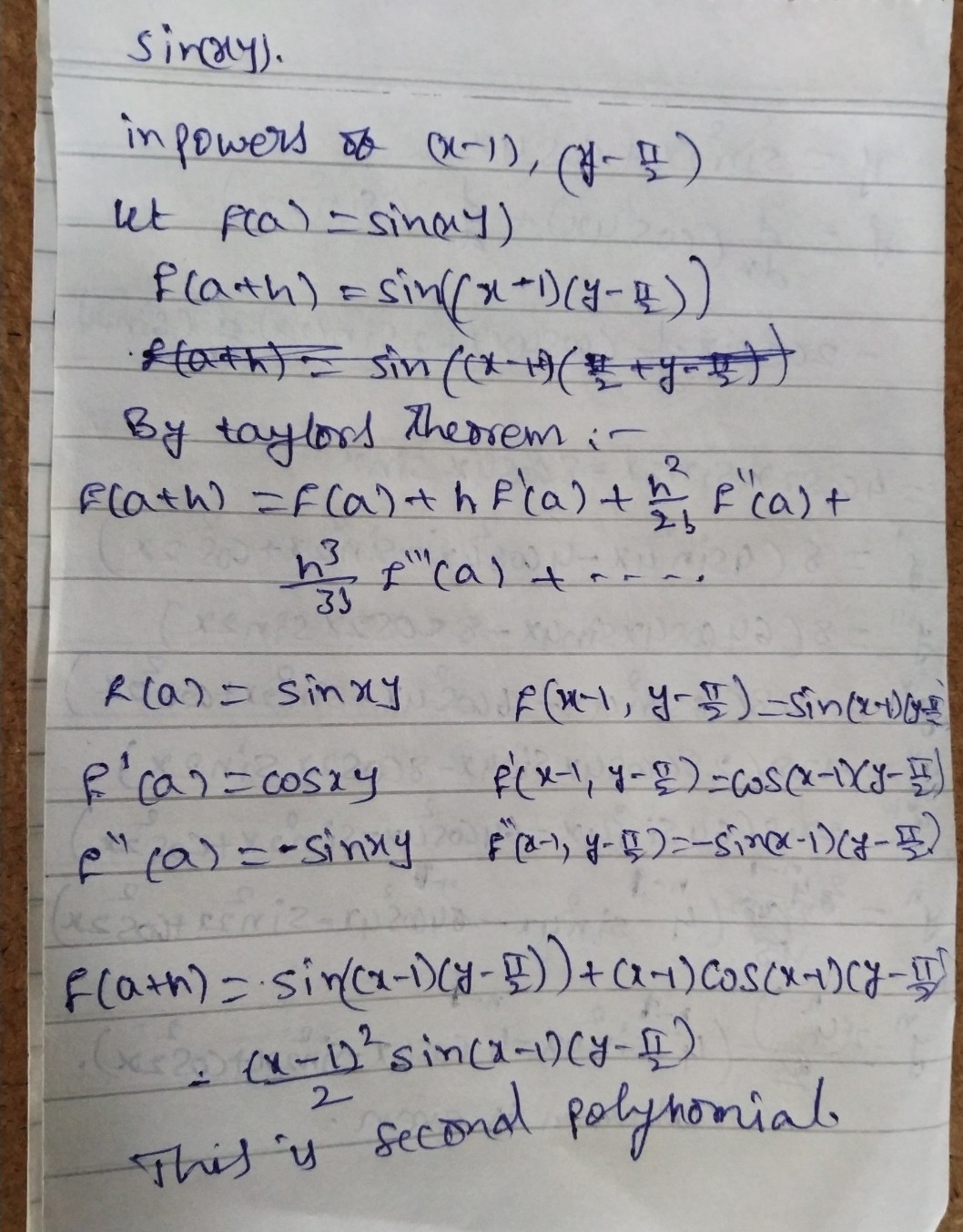



Expa Nd Sinleft Xyright 1n P See How To Solve It At Qanda




Tronxy Xy 3 Pro Ultra Silent Motherboard With Titan Extruder 3d Printe Tronxy 3d Printers Official Store




1 Expand Y 3 X 2 Brainly In




The Factors Of X 3 1 Y 3 3x Y Are A X 1 Y X 2 1 Y 2 X Y



1




Expand The Following I 3a 2b 3 Ii 1 X Y 3
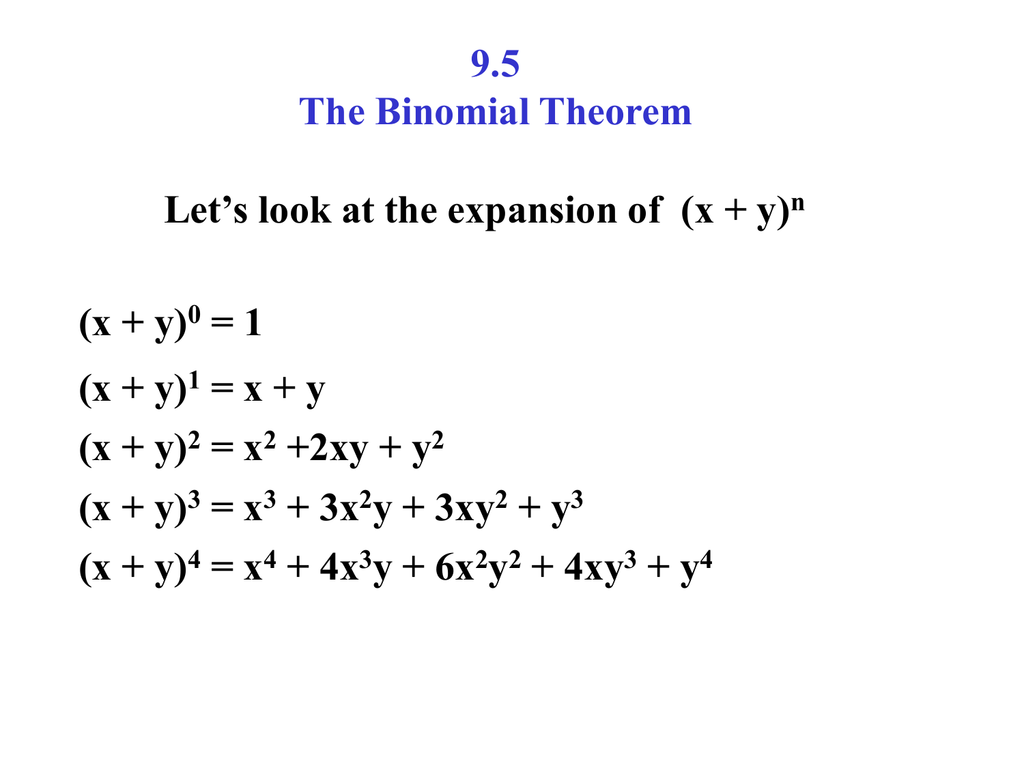



9 5 The Binomial Theorem




Ex 2 5 6 Write The Following Cubes In Expanded Form Ex 2 5




How Do You Expand X Y 10 Socratic



Expand 1 X Y 3 Whole Cube Studyrankersonline



1




If X 3 1 3 1 And Y 3 1 3 1 Find Value Of X 2 Y 2




What Is The Fifth Term Of The Binomial Expansion Math A B 7 Math Quora




Expand 1 X Y 3 3 Novocom Top




Learn Algebraic Identity Of X Y And X Y In 3 Minutes




Learn Algebraic Identity Of X Y And X Y In 3 Minutes
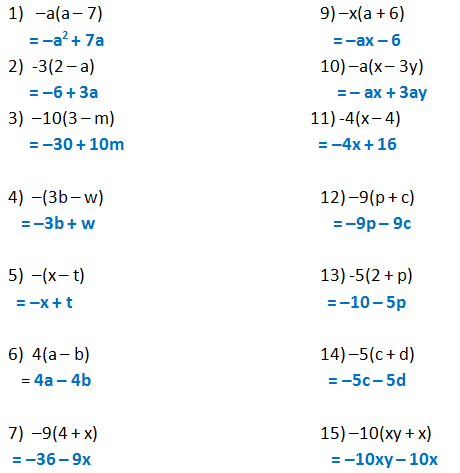



Form 2 Unit 2 Lesson 5 Expansion Of Algebraic Expression Brilliant Maths




X Y 2 3 Find The Expansion Of The Following Brainly In




X Y 2 3 Find The Expansion Of The Following Brainly In




Expand 1 X Y 3 3 Novocom Top




Expand 1 X Y 3 3 Novocom Top



What Is The Answer Of X Y Quora
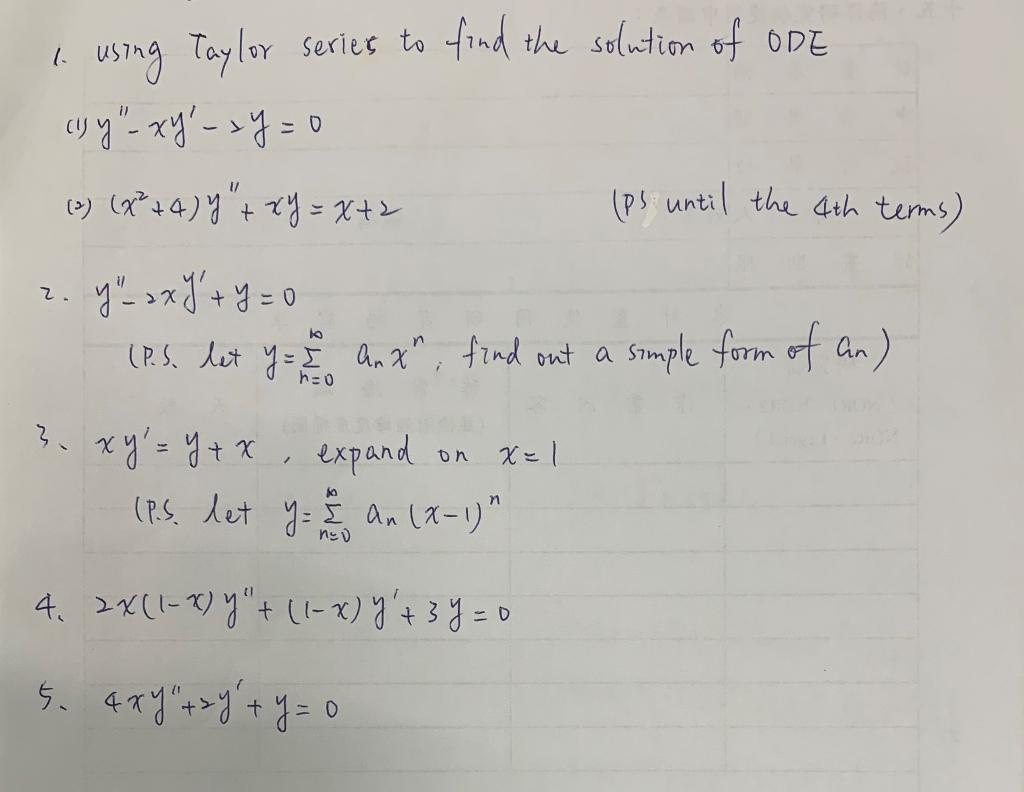



Solved 1 Using Taylor Series To Find The Solution Of Ode Chegg Com




Expand 1 X Y 3 3 Novocom Top




Chapter 1 Maths 3




Expand 1 X Y 3 3 Novocom Top




Expand The Following I 3a 2b 3 Ii 1 X Y 3 3 Iii 4 1 3x 2 Youtube




A X3y 3 B X 2y 3 See How To Solve It At Qanda
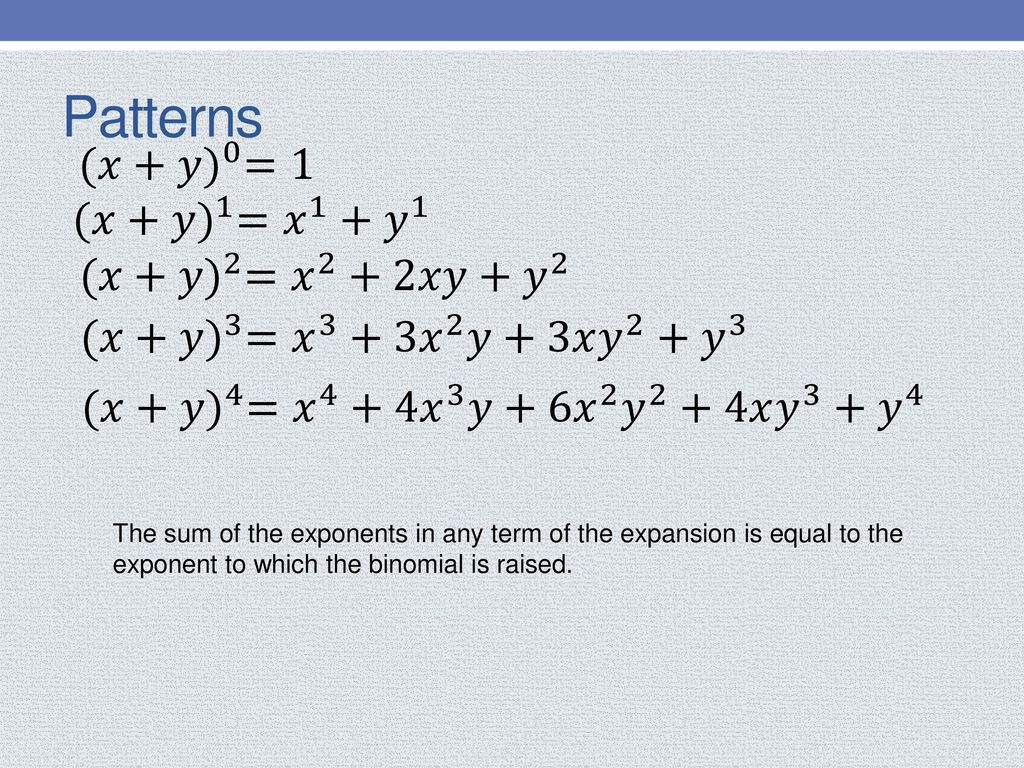



A Quick And Efficient Way To Expand Binomials Ppt Download




Write Each Of The Following In Expanded Form 1 X Y 3 3 Brainly In
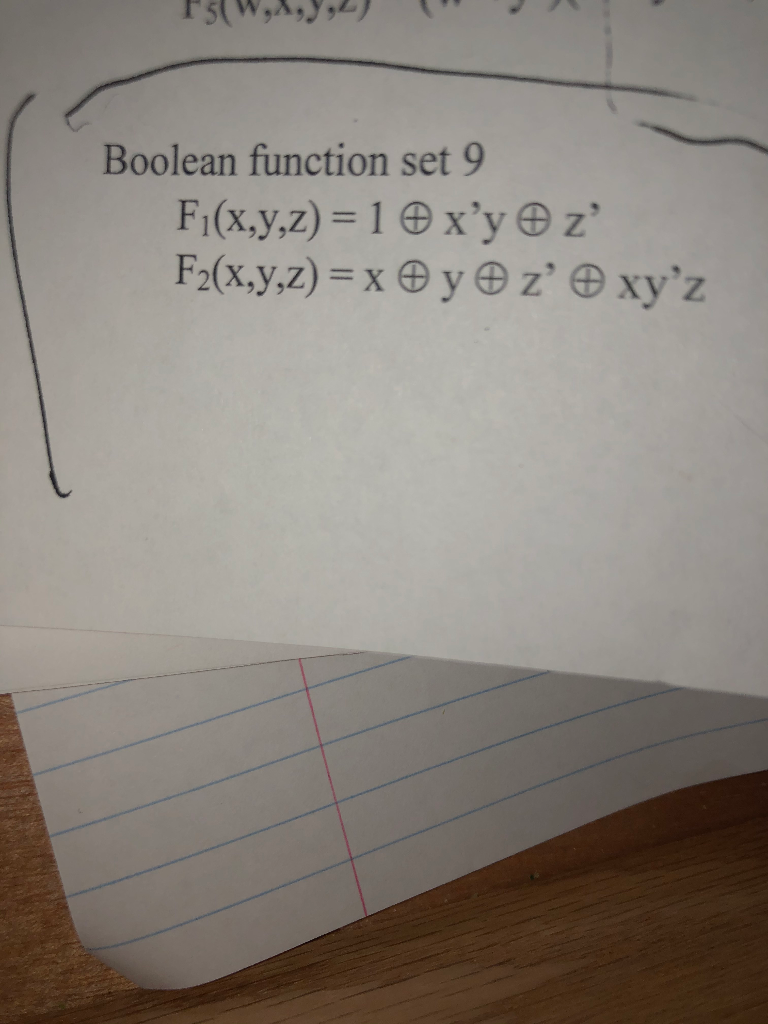



Experiment 3 Design With Decoders And Multiplexers Chegg Com




Expand 1 3 X 2 3 Y Whole Cube Brainly In




Please Expand 1 X Y 3 Whole Cube Brainly In




Expand 1 X Y 3 3 Novocom Top



Chapter 3 More About Factorization Basic Knowledge Factors




Ex 9 5 3 Find The Squares By Using Identities I B 7 2




Expand 1 X Y 3 3 Solve It Fastly Brainly In




Expand And Simplify Binomial Squares 2x 3y 2 Youtube
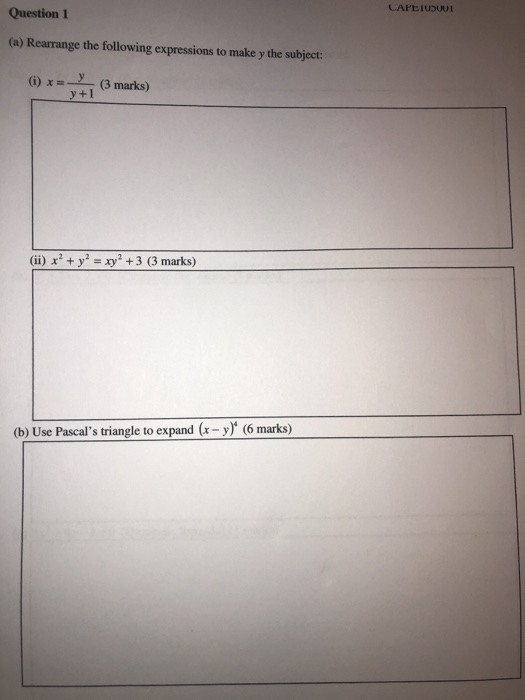



Solved Question 1 A Rearrange The Following Expressions Chegg Com




Expand 1 X Y 3 3 Novocom Top




Expand 1 X Y 3 3 Novocom Top




Expand 1 X Y 3 3 Novocom Top




1 X Y 3 3 Expand Brainly In




11 Expand And Reduce 15 1 X3 2x2x X2 2 3xy 1x Gauthmath



Expand E X Log 1 Y By Maclaurin S Theorem Up To The Third Degree Term Sarthaks Econnect Largest Online Education Community




Find The Coefficient Of X 6y 3 In X Y 9
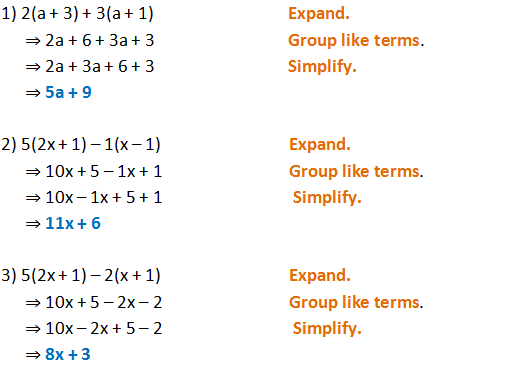



Form 2 Unit 2 Lesson 5 Expansion Of Algebraic Expression Brilliant Maths




Solved 1 Expand 3x X Y 2 2xy 2 Factor X 2 Xy 3 2x Chegg Com




X 2 2y 3 1 X Y 3 3 Solve The Given Equation Using Elimination And Substitution Method Youtube



How Do You Solve The System 2 X 4 Y 6 3x 2 Y 3 13 Socratic




Example 7 Find Coefficient Of X6y3 In Expansion X 2y 9




Expand Using Identity 2x 3y 3




Boolean Function Properties Three Special Functions The Boolean




Expand Each Of The Following Using Suitable Identities 2x 3y 2z 2




Obtainthe Taylor S Seriesexpansion Of X3 Y3 Xy 2 Interms Of Powers Of X 1 And Y 2 Up To Third Brainly In



How To Solve For X And Y In X Y 5 And Xy 6 Quora




Expand Each Of The Following Using Suitable Identities I X 2y 4z 2 Ii 2x Y Z Youtube



Expand X Y 3 Sarthaks Econnect Largest Online Education Community




Expand 1 X Y 3 3 Novocom Top




The Factors Of X 3 1 Y 3 3x Y Are A X 1 Y X 2 1 Y 2 X Y




Solved Quiz No 2 Expand The Following 1 X Y 12 2 Chegg Com




Expand The Following I 3a 2b 3 Ii 1 X Y 3




11 Expand And Reduce 15 1 X3 2x2x X2 2 3xy 1x Gauthmath




Year 12 C1 Binomial Theorem Task Expand The Following 1 X Y 1 2 X Y 2 3 X Y 3 4 X Y 4 What Do You Notice Powers Of X Start From Ppt Download



Which Term In The Expansion Of X Y 1 3 Y X 1 3 1 2 21 Contains X And Y To One And The Same Power Sarthaks Econnect Largest Online Education Community
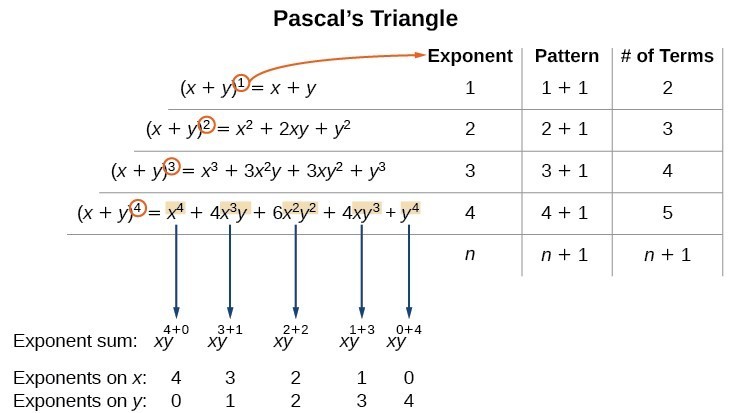



Using The Binomial Theorem College Algebra



1



How To Solve This Differential Equation Math Dy Dx 1 Xy X 2y 3 Math Quora




Expand The Following 2x Y 3 Brainly In




X 2 2y 3 1 And X Y 3 3 Find X And Y Values Using Elimination And Substitution Method Youtube



How To Solve This Differential Equation Math Dy Dx 1 Xy X 2y 3 Math Quora




Binomial Theorem




Ex 2 5 6 Write The Following Cubes In Expanded Form Ex 2 5




Expand 1 X Y 3 3 Novocom Top




Expand 1 X Y 3 3 Novocom Top




Expand 1 X Y 3 3 Novocom Top




Expand 1 X Y 3 3 Using Identity Brainly In
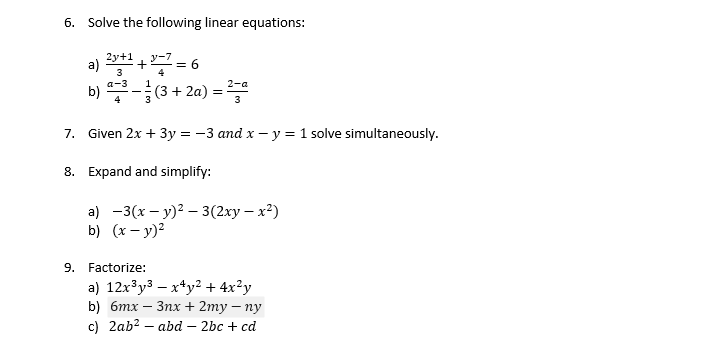



6 Solve The Following Linear Equations A 2y 1 3 Chegg Com




How To Expand Using The Identity X Y 3 X3 Y3 3x2y 3xy2 Youtube



0 件のコメント:
コメントを投稿